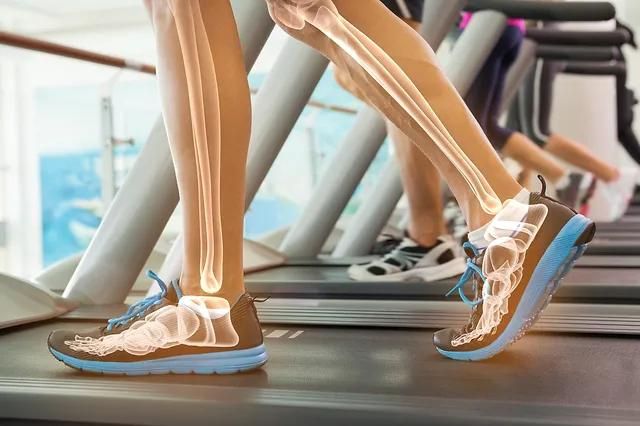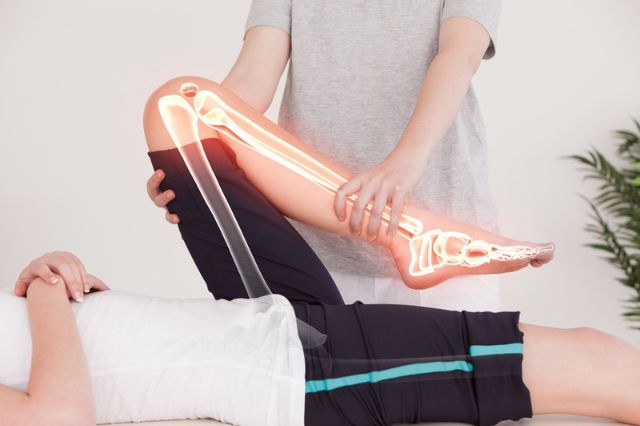Introduction
Maintaining strong and healthy bones is crucial for overall well-being throughout one’s life. Bones provide structural support, protect vital organs, and are involved in the production of blood cells. As we age, bone health becomes increasingly important, as bone density tends to decrease, potentially leading to conditions like osteoporosis. Fortunately, regular exercise plays a significant role in preserving bone density and overall bone health. In this article, we will explore the exercises that are best for keeping your bones healthy.
- Weight-Bearing Exercises
Weight-bearing exercises involve working against gravity, which helps stimulate bone formation and increase bone density. These exercises include:
a. Walking: A simple yet effective weight-bearing exercise, walking can be done virtually anywhere and is suitable for individuals of all fitness levels. Aim for at least 30 minutes of brisk walking most days of the week to reap its bone-strengthening benefits.
b. Running: For those who enjoy more vigorous activities, running is an excellent option. It places greater stress on bones, leading to increased bone density. However, it’s essential to start slowly and build up to prevent injury, especially if you’re new to running.
c. Dancing: Whether it’s ballroom, hip-hop, or ballet, dancing is a fun way to incorporate weight-bearing exercise into your routine. It not only improves bone health but also enhances balance and coordination.
d. Hiking: Hiking combines the benefits of cardiovascular exercise with weight-bearing benefits. Exploring nature while traversing uneven terrain can be an excellent way to promote bone health.
- Strength Training
Strength training exercises, also known as resistance training, involve using weights or your body weight to challenge your muscles and bones. These exercises include:
a. Weight Lifting: Lifting weights or using resistance machines at the gym is an effective way to strengthen bones. Focus on exercises that target major muscle groups, such as squats, deadlifts, and bench presses.
b. Bodyweight Exercises: Exercises like push-ups, squats, and lunges use your body weight as resistance. These exercises can be done at home or in a gym and are suitable for all fitness levels.
- Yoga and Pilates
Yoga and Pilates are excellent for bone health because they promote flexibility, balance, and strength. Poses and exercises that involve weight-bearing on arms and legs, like planks and warrior poses in yoga, can be particularly beneficial for bones. Additionally, these practices improve posture and reduce the risk of falls, which can lead to fractures.
- Balance and Stability Exercises
Falls can be particularly dangerous for bone health, especially as we age. Incorporating balance and stability exercises into your routine can help reduce the risk of falls and fractures. These exercises include:
a. Tai Chi: This ancient Chinese practice involves slow, flowing movements that enhance balance and coordination while improving bone density.
b. Balance Drills: Stand on one foot, use a balance board, or perform exercises on unstable surfaces like foam pads to challenge your balance and strengthen the stabilizing muscles around your joints.
Conclusion
Regular exercise is a cornerstone of bone health and can help prevent bone loss, increase bone density, and reduce the risk of fractures. It’s essential to incorporate a variety of exercises into your routine, including weight-bearing activities, strength training, flexibility exercises, and balance drills. Remember that it’s crucial to consult with a healthcare professional or a fitness expert before starting any new exercise program, especially if you have underlying medical conditions or concerns about your bone health. By staying active and engaging in the right types of exercise, you can enjoy strong and healthy bones throughout your life.


